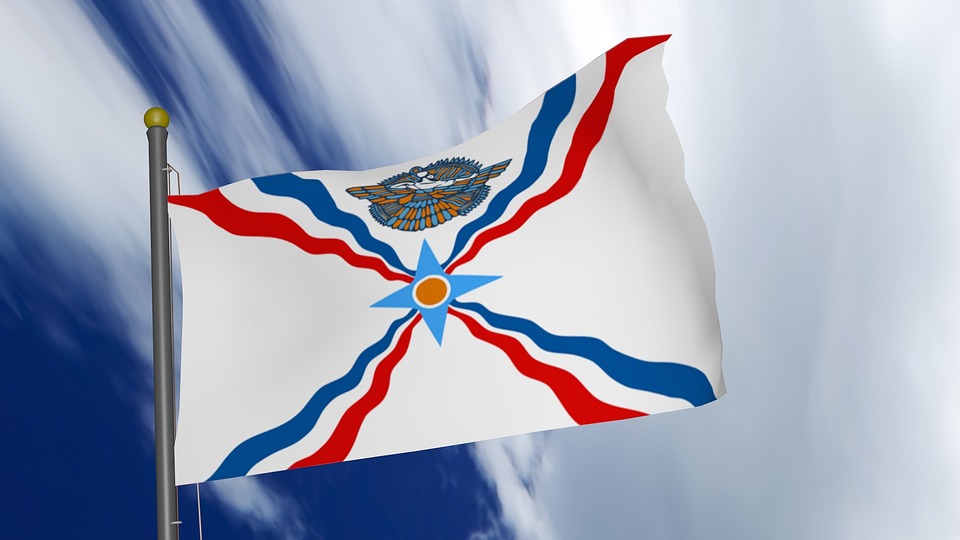News
Why the destruction of Nimrud by the Islamic State is a symbol of the suffering of the Assyrian people
Who are the Assyrians?
The Assyrians are a Middle Eastern people whose lands are divided between present-day Turkey, Syria, Iraq and Iran —more or less like the Kurds, although the Assyrians are far less numerous. Hundreds of thousands of Assyrians continue to live in their historical homeland, while hundreds of thousands more are to be found in the diaspora, especially in Europe and the United States. They are mostly Christians belonging to different churches. "Syriacs" and "Chaldeans" are two designations related to the Assyrians. The use of either can be sometimes related to the belonging to one or another church and/or to individuals' and associations' self-conception as a nation or a religious minority. Some Assyrians also claim the designation of "Arameans", after the name of the language they speak.
What is Nimrud's symbolic and identity significance?
Many Assyrians see themselves as the descendants of the ancient Assyrian civilization that dominated the region for about 2,000 years until about 600 BC. Some symbols used by present-day Assyrians —for example those in their flags— date back to that period. Nimrud is one of the most important ancient Assyrian cities whose remnants still exist, along with Nineveh, Assur and Dur-Sharrukin. In addition, Nimrud is found in the so-called Nineveh Plains, which bear an utmost significance for Assyrian pride.

The Assyrian flag shows several symbols associated with the ancient Assyrian civilization.
What are the Nineveh Plains?
They are a region of northern Iraq, just northeast of the city of Mosul. For centuries, different peoples have coexisted in the Nineveh Plains, including Arabs and Kurds but also Assyrians, Turkmens, Shabaks and Yazidis. In some areas of the Nineveh Plains, Assyrians make up —or made up before IS occupation— the majority of the population. Some of the oldest Christian Assyrian monasteries, such as Mar Mattai (Saint Matthew) or Rabban Hormizd are found there. All this heritage is now under threat.
Ethnographic map of the #Nineveh Plains https://t.co/RFjn7XuHYrpic.twitter.com/7LCkLDwbif
— Ahmedo Kurdî (@AhmedoKurdi) 12 d’abril de 2016
Why do Assyrian organizations say their people is endangered?
Because, just like other peoples of the Middle East, they have undergone a long history of repression and attempts at annihilating them. Almost at the same time that it did with the Armenians, the Ottoman government killed 150,000 to 300,000 Assyrians in a genocide known as the Sayfo, from 1915 to 1918. In 1933, they suffered another massacre, at Simele, this time at the hands of the Iraqi army. The killings decimated the Assyrian population. Furthermore, hundreds of thousands of Assyrians have fled their homes since the beginning of the 21st century. Most recently, massacres and ethnic cleansing perpetrated against them by the IS have been recognized as genocide by the EU and the US.
Are there any demands for the establishment of an Assyrian homeland?
Yes, either in the form of an Assyrian independent state —over the 20th century, most especially after the two world wars, Assyrian representatives requested that solution to world powers, to no avail— or most commonly as an autonomous region within Iraq. When Assyrian groups demand the establishment of their own homeland, they usually think about the Nineveh Plains or the Dohuk province, immediately to the north. Meanwhile, in Kurdish-controlled northern Syria, or Rojava, and Assyrian party (the SUP) with its own militia (the MFS) is involved in the creation of the semi-autonomous Cizîrê canton, which has declared Aramaic as one of its official languages —alongside Kurdish and Arabic— and has recognized the Assyrian people as one of its components.
